Case Study: What is a Setup and why am I being charged for it?
You're just about to place an order when you notice a line on the quote for a Setup Charge. All you want is your branded swag, you don't need anyone...

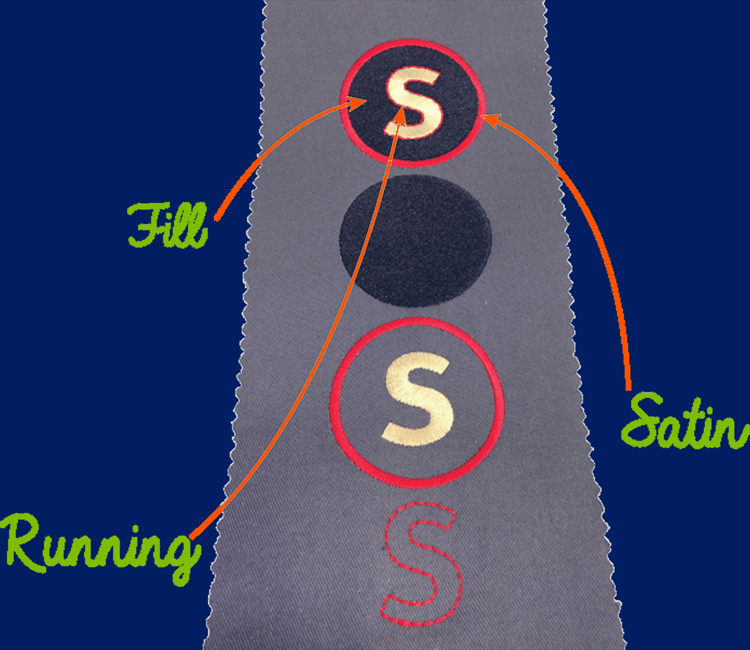
As a buyer of promotional products, knowing as much as you can about the methods used to decorate clothes will help you understand what happens behind the scenes. We believe it is our duty as partners to provide you with the knowledge you need to make wise decisions. We'll speak about embroidery stitches today.
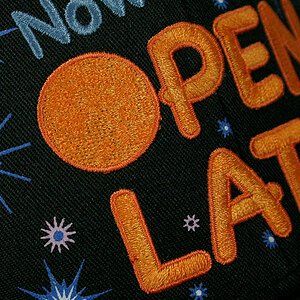
The first kind of stitch is called a satin stitch, and it has a shiny, smooth texture that resembles satin fabric. These shining stitches are frequently used to outline letters and are great for emphasizing larger designs and filling in small spaces. The threads are a useful fundamental stitch that serves a variety of functions since they sit flush and neatly against the fabric and lack any raised padding.
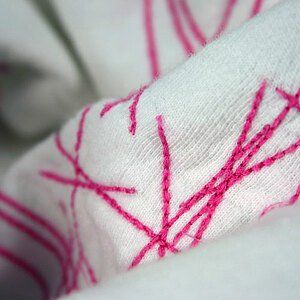
Walking stitch, often known as running stitch, is the second kind of specialty embroidery. The stitch is the same whether it is moving forward or backward. The long dashed-like stitches could look like they've been hand-stitched. The walking stitch is mostly used for detailed work, and when combined with other stitches, it produces a beautiful design and works with high details such as a logo image. The single-line stitches can occasionally be coupled with other kinds of specialty embroidery stitches to create an absolutely perfect image that brings attention to every last detail. They are also used to outline images. The walking stitch is the most adaptable stitch because it is thought to work with all types of fabric.
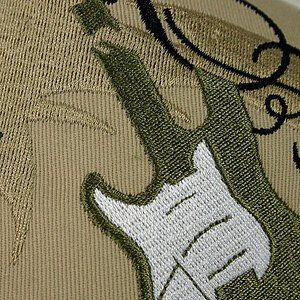
Fill stitches are used to fill large pattern areas with color and can serve as the base for other forms of embroidery. This is especially true when working to establish a stable platform for detailed embroidery while sewing on light fabrics like silk. In order to integrate numerous rows into solid shapes, fill stitches are employed. Fill stitches can be turned into patterns when utilizing digitized embroidery systems, giving embroidered projects like weaving or chaining more variation.
The fill stitch and the satin stitch are the two most frequently used specialty embroidery stitches. The three stitches can also be combined to create a piece of bespoke embroidery that appears rich and complex. Each stitch has its own appearance and feel. Satin stitches are flat and elegant, whereas fill stitches are raised and provide texture to an item, animal, or brand.
Before choosing on the best stitch to customize an embroidered garment, professionals frequently take the material into account. The right stitching for that specific piece will be ensured, as well as clear visualization of the finalized design.
Questions? Get in touch.

You're just about to place an order when you notice a line on the quote for a Setup Charge. All you want is your branded swag, you don't need anyone...

At Adform Creative, we take the hassle out of sourcing holiday gifts for clients, as well as anyone else on your company’s holiday gifts list. From...
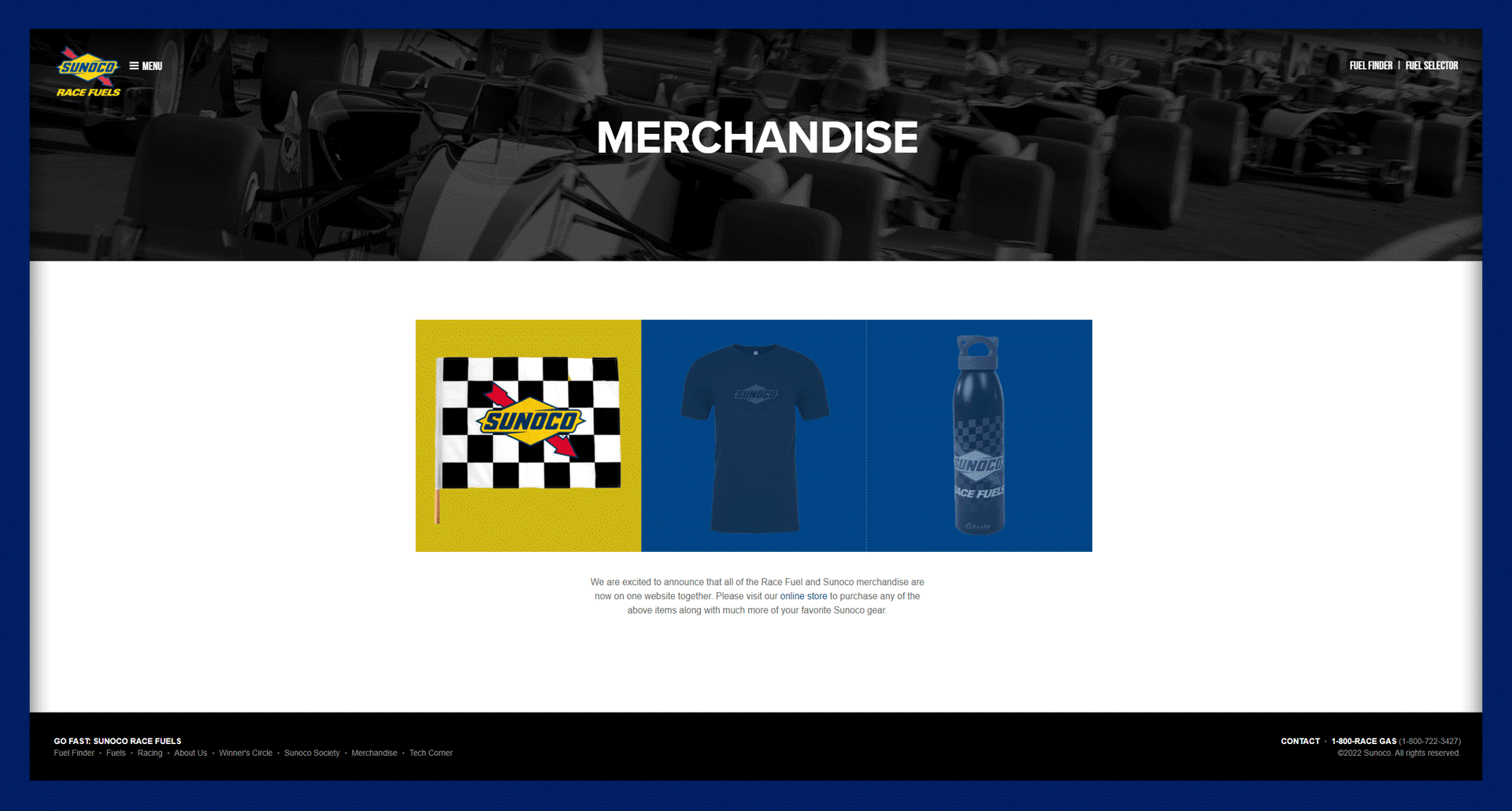
Today's segment wraps up our three part FAQ series on explaining the ins and outs of an online company store. Whether you're looking for an online...